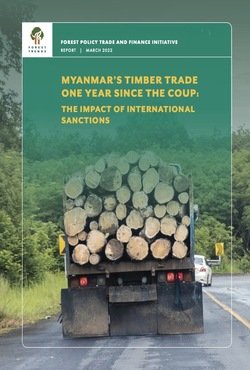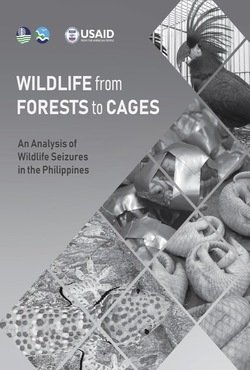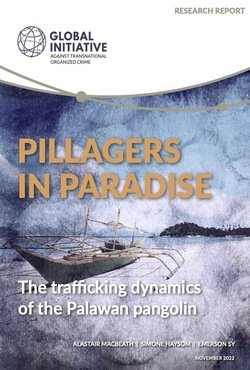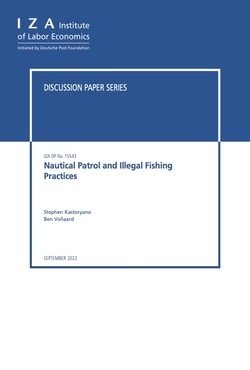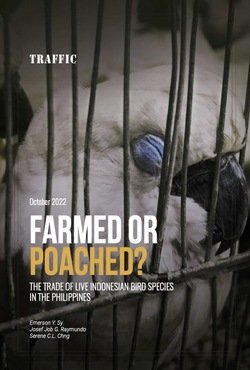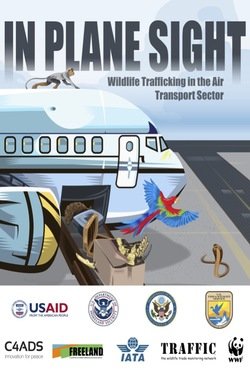By Andrea Crosta, Chiara Talerico, Allison Joseph, Liliana Jauregui, Marc Hoogeslag
The jaguar (Panthera onca) is listed on CITES Appendix I and is classified on the IUCN Red List as ‘near threatened.’ Scientists estimate that the size of the global jaguar population varies greatly. A study by De la Torre et al (2018) estimated the global population of jaguars to be 64,000 individuals, while Jędrzejewski et al (2018) estimate that there are 173,000 (138,000±208,000) jaguars left in the wild, mostly concentrated in the Amazon basin. To tackle jaguar trafficking, more information on the trade's scale, nature and dynamics is needed. One of the objectives of ‘Operation Jaguar’ was exactly that. Operation Jaguar is a joint project between IUCN NL, International Fund for Animal Welfare (IFAW), and Earth League International (ELI) and is made possible by the Dutch Postcode Lottery. ELI has conducted undercover investigations on jaguar trafficking in Latin America as part of Operation Jaguar. Multiple missions have been undertaken to four Latin American countries: Bolivia, Suriname, Peru, and Ecuador. The focus of the intelligence-led operation was to unveil the central nodes, mechanisms, and structure of the entire criminal supply chain, with a bottom-up – top-down approach focusing on the illegal wildlife goods providers, the traders, the transporters, and the sellers in China. Through Operation Jaguar we have identified and investigated the most important jaguar trafficking networks in these four South American countries. ELI has researched the illegal wildlife supply chain to unveil the dynamics underneath jaguar trafficking in the region and identify the main players, trafficking routes, and destinations. Over the years more than a dozen trafficking networks operating regionally and internationally have been unveiled. Confidential Intelligence Briefs (CIBs) regarding these jaguar trafficking networks have been shared with several governmental and intergovernmental agencies.
San Francisco: Earth League International, 2022. 19p.



